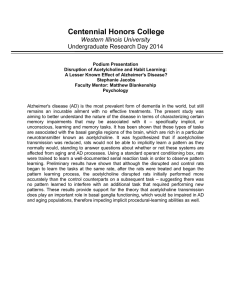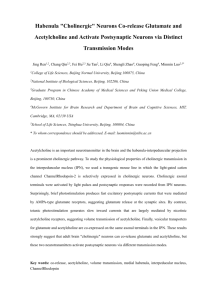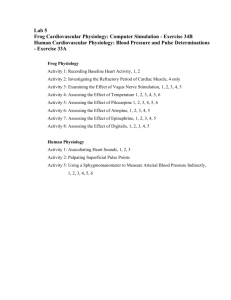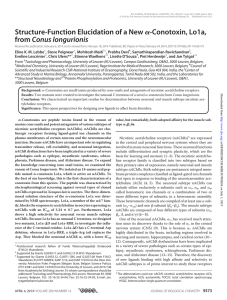Tracing the origin and evolution of the acetylcholine system in its
advertisement
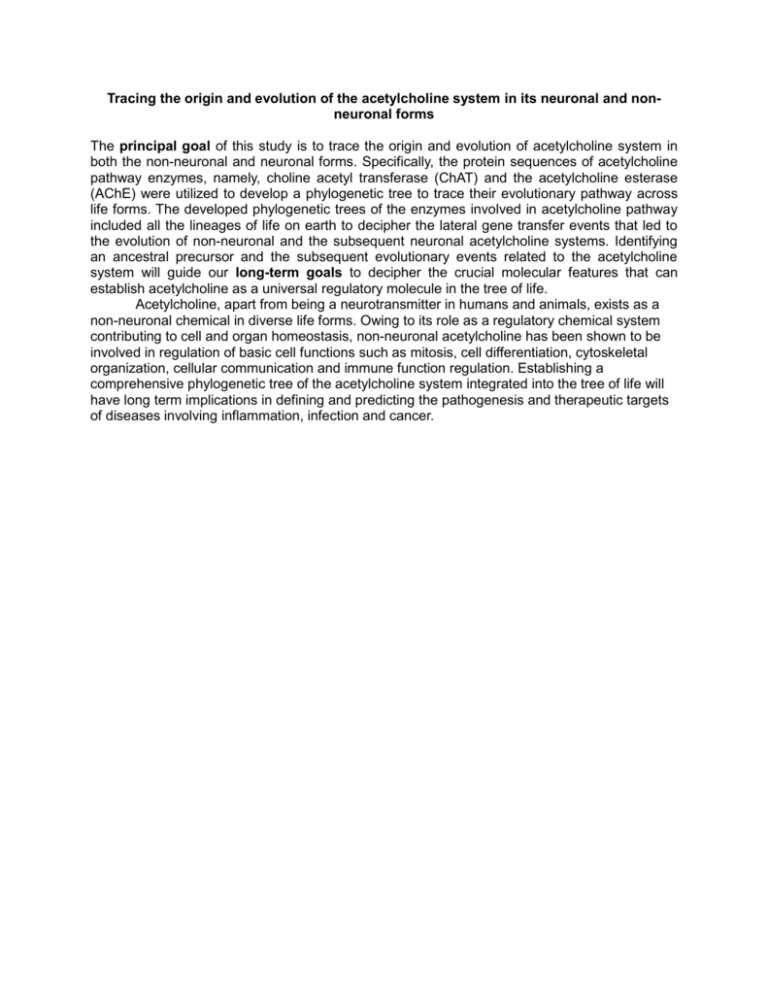
Tracing the origin and evolution of the acetylcholine system in its neuronal and nonneuronal forms The principal goal of this study is to trace the origin and evolution of acetylcholine system in both the non-neuronal and neuronal forms. Specifically, the protein sequences of acetylcholine pathway enzymes, namely, choline acetyl transferase (ChAT) and the acetylcholine esterase (AChE) were utilized to develop a phylogenetic tree to trace their evolutionary pathway across life forms. The developed phylogenetic trees of the enzymes involved in acetylcholine pathway included all the lineages of life on earth to decipher the lateral gene transfer events that led to the evolution of non-neuronal and the subsequent neuronal acetylcholine systems. Identifying an ancestral precursor and the subsequent evolutionary events related to the acetylcholine system will guide our long-term goals to decipher the crucial molecular features that can establish acetylcholine as a universal regulatory molecule in the tree of life. Acetylcholine, apart from being a neurotransmitter in humans and animals, exists as a non-neuronal chemical in diverse life forms. Owing to its role as a regulatory chemical system contributing to cell and organ homeostasis, non-neuronal acetylcholine has been shown to be involved in regulation of basic cell functions such as mitosis, cell differentiation, cytoskeletal organization, cellular communication and immune function regulation. Establishing a comprehensive phylogenetic tree of the acetylcholine system integrated into the tree of life will have long term implications in defining and predicting the pathogenesis and therapeutic targets of diseases involving inflammation, infection and cancer.
